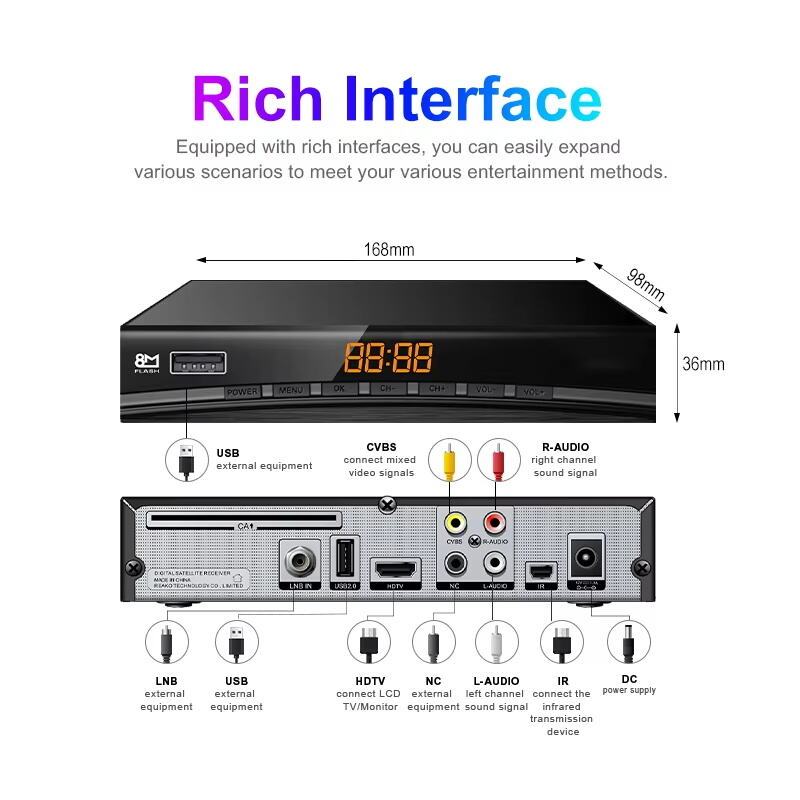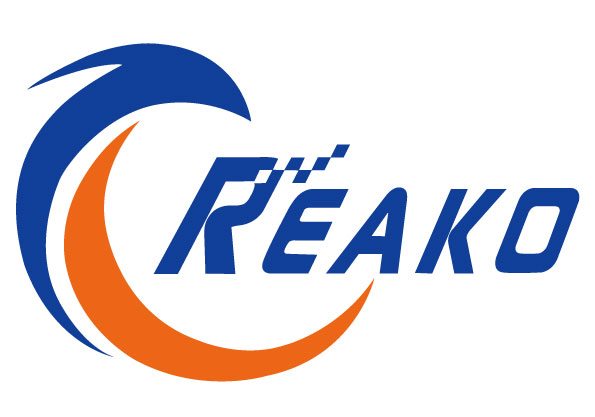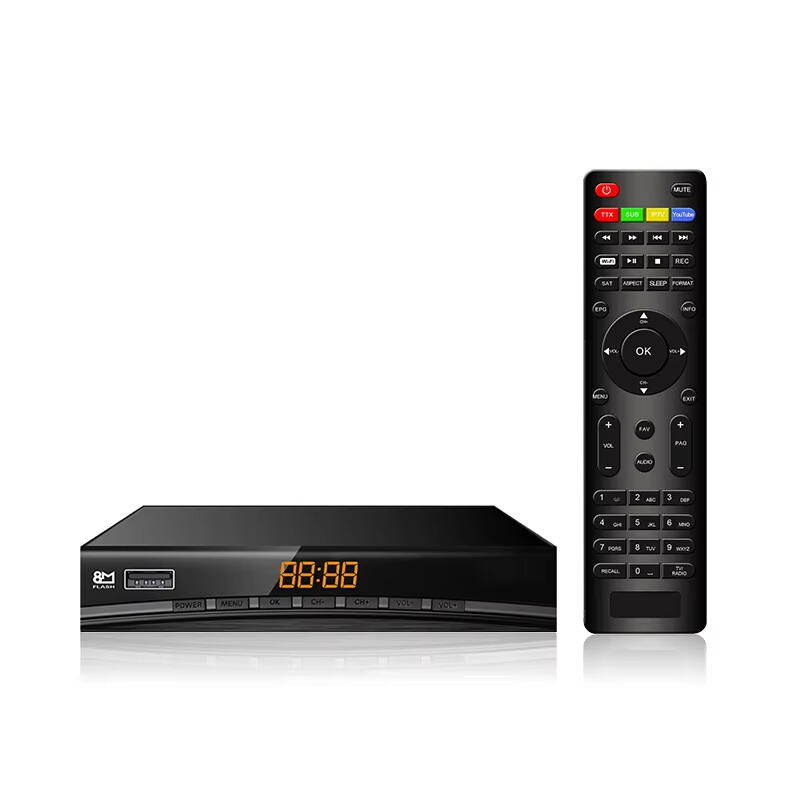Unlocking High-Definition Broadcast Potential
In the digital age, television viewing has transformed significantly, and one of the most important advancements in satellite broadcasting is the DVB-S2 Receiver. This device is essential for anyone looking to experience high-definition content with maximum clarity and minimal interruption. Whether you are a satellite TV enthusiast, a content provider, or simply a consumer who demands excellent video quality, understanding the capabilities and functionality of a DVB-S2 Receiver is critical. As broadcasting standards have evolved, the DVB-S2 Receiver has emerged as the standard bearer of superior satellite transmission.
Understanding the DVB-S2 Receiver's Role
Evolution from DVB-S to DVB-S2
The DVB-S2 Receiver was developed as an upgrade from the original DVB-S technology. While DVB-S laid the foundation for satellite digital television, DVB-S2 significantly improved upon it by offering better error correction, increased bandwidth efficiency, and the capability to deliver higher-quality audio and video. The DVB-S2 Receiver supports MPEG-4 and H.264 video compression, which enables the transmission of HD and UHD content more efficiently.
Core Functions of a DVB-S2 Receiver
A DVB-S2 Receiver works by capturing satellite signals broadcast from geostationary satellites. These signals are then decoded and converted into a format that can be displayed on televisions. This device is essential for accessing encrypted or free-to-air HD content via satellite, and its robust capabilities make it a preferred choice for broadcasters and viewers alike.
How DVB-S2 Technology Enhances Picture Quality
Advanced Error Correction Techniques
One of the core features that allows a DVB-S2 Receiver to deliver crystal-clear images is its use of advanced error correction technologies like LDPC (Low-Density Parity Check) and BCH (Bose-Chaudhuri-Hocquenghem) codes. These techniques help maintain image quality even in poor weather conditions or signal interruptions, ensuring consistent viewing experiences.
Higher Modulation Schemes
The DVB-S2 Receiver uses higher-order modulation schemes such as 8PSK and 16APSK, which increase the amount of data transmitted per symbol. This means more content can be delivered in the same bandwidth without compromising on quality, making the DVB-S2 Receiver a valuable asset in HD content delivery.
Features That Set DVB-S2 Receivers Apart
Multi-Channel and UHD Support
Modern DVB-S2 Receivers are capable of decoding multiple channels simultaneously and supporting Ultra High Definition (UHD) resolutions. This makes them ideal for households or commercial setups where multiple users want to access HD content at the same time.
Built-In Media Functions
Many DVB-S2 Receivers now come with USB ports, built-in media players, and Personal Video Recorder (PVR) functionality. These features allow users to record, pause, and replay their favorite programs, providing a flexible and interactive viewing experience.

Integration with Modern Entertainment Systems
Compatibility with Smart TVs and Home Theaters
A DVB-S2 Receiver can be easily integrated with smart TVs and home theater systems through HDMI and optical audio outputs. This compatibility ensures that viewers enjoy high-definition visuals along with immersive audio, making the device an indispensable part of any modern entertainment setup.
Network Connectivity and Streaming
Some DVB-S2 Receivers offer internet connectivity via Ethernet or Wi-Fi. This enables the streaming of content from online platforms, firmware updates, and even remote control through smartphone apps. These modern additions extend the functionality of a DVB-S2 Receiver far beyond traditional satellite viewing.
Performance Benefits in Professional and Residential Settings
Professional Broadcasting Applications
In the broadcasting industry, the DVB-S2 Receiver plays a critical role in signal monitoring and rebroadcasting. Broadcasters use these devices to ensure the reliability and quality of content being transmitted to end-users. The high data capacity and reliability make it an ideal solution for professional-grade applications.
Residential Advantages
For home users, the DVB-S2 Receiver delivers a seamless viewing experience by combining cutting-edge technology with user-friendly interfaces. Whether it's accessing international channels or enjoying HD sports, documentaries, and movies, this receiver enhances the overall television experience.
Importance of Choosing a Reliable DVB-S2 Receiver
Factors to Consider
When selecting a DVB-S2 Receiver, users should consider factors like tuner sensitivity, decoding capabilities, support for multiple video formats, and firmware upgrade options. The best devices offer a balance of performance, usability, and future-proofing.
Long-Term Value
Investing in a high-quality DVB-S2 Receiver ensures long-term reliability, fewer interruptions, and access to evolving broadcasting standards. With regular firmware updates and support for new codecs, a good receiver remains relevant and functional for years.
The Future of Satellite Broadcasting with DVB-S2
4K and Beyond
As 4K and even 8K content becomes more mainstream, DVB-S2 Receivers are being engineered to handle the increased data loads and compression demands. Their ability to adapt to newer formats makes them a cornerstone in the future of television broadcasting.
Energy Efficiency and Sustainability
Modern DVB-S2 Receivers are designed to consume less power while maintaining optimal performance. This focus on energy efficiency aligns with global sustainability goals and reduces long-term operating costs.
FAQ
What is the primary function of a DVB-S2 Receiver?
A DVB-S2 Receiver captures satellite signals and decodes them into a format suitable for high-definition television viewing. It ensures seamless delivery of HD and UHD content with superior audio-visual quality.
Can I use a DVB-S2 Receiver with an older TV?
Yes, most DVB-S2 Receivers support multiple output formats including HDMI and analog outputs, making them compatible with both modern and older television sets.
Does a DVB-S2 Receiver require a subscription?
It depends on the channels you want to access. While many DVB-S2 Receivers allow access to free-to-air channels, premium content may require a subscription or conditional access module.
How is a DVB-S2 Receiver different from streaming devices?
While streaming devices rely on internet connectivity, a DVB-S2 Receiver depends on satellite signals for content. It provides higher reliability in areas with poor internet and offers access to satellite-exclusive channels.
Table of Contents
- Unlocking High-Definition Broadcast Potential
- Understanding the DVB-S2 Receiver's Role
- How DVB-S2 Technology Enhances Picture Quality
- Features That Set DVB-S2 Receivers Apart
- Integration with Modern Entertainment Systems
- Performance Benefits in Professional and Residential Settings
- Importance of Choosing a Reliable DVB-S2 Receiver
- The Future of Satellite Broadcasting with DVB-S2
- FAQ


